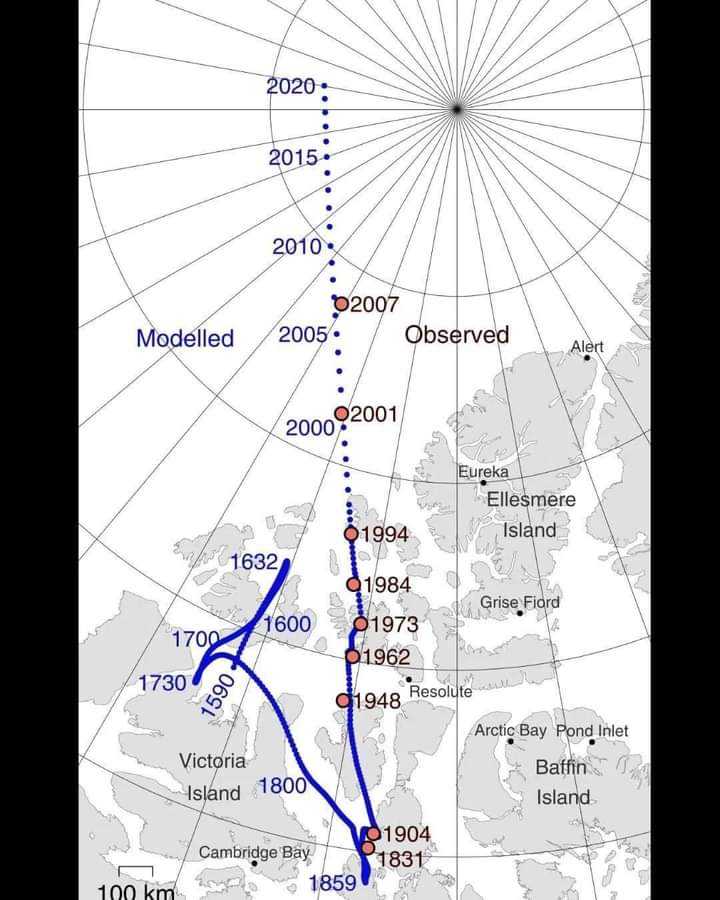Install our *FREE* WEB APP! (PWA)
Explore
© 2025 YubNub Social
About •
Directory • Contact Us •
Developers • Privacy Policy •
Terms of Use
• shareasale
• FB Webview Detected
• Android
• Apple iOS
• Get Our App














![Special Report: Illegal Aliens Given Everything Free While Americans Starve [VIDEO]](https://www.redvoicemedia.com/wp-content/uploads/2024/03/2024.03.28-04.14-redvoicemedia-6605974b33752.jpg)
![Chicago Illegal Alien Spending “Shrouded in Secrecy” [VIDEO]](https://www.redvoicemedia.com/wp-content/uploads/2024/03/2024.03.28-04.00-redvoicemedia-66059406bdb20.jpg)
